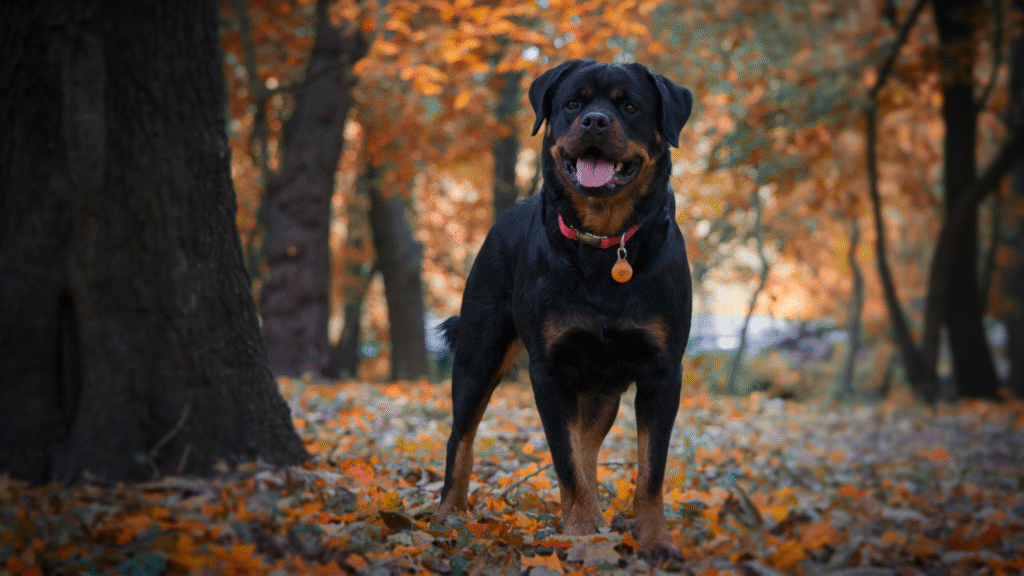A big cat or a roly-poly pup may look cute, but those extra pounds could be hiding serious health risks. Obesity in pets is a health concern we see frequently at Animal Medical Center of Kansas City. To honor National Pet Obesity Awareness Day this October, we are bringing pet owners information about how to help their pet lose weight. With the right information and a little consistency, your cat or dog can reach a healthy weight.
Is My Pet Overweight?
Extra weight puts strain on every part of your pet’s body. Obesity and being overweight increase the risk that your pet will develop arthritis, mobility issues, heart disease, shortened life expectancy, and even more secondary effects.
Not sure if your dog or cat is too heavy?
- You should be able to feel (but not see) your pet’s ribs without pressing hard.
- Viewed from above, your pet should have a defined waist behind the ribs.
- From the side, there should be a slight “tuck” where the belly curves up.
If you would like a visual reference, you can try looking at a Body Condition Scoring System for cats and for dogs. On a 9-point scale, a 4 or 5 is generally considered an ideal body shape guideline for pets.
At-Home Tips to Support Healthy Pet Weight Loss
- Tip #1: Get the Portion Sizes Right. Many pet owners overfeed without realizing it. Always measure your pet’s food, not just eyeball it. Feeding guidelines are a great starting point, but it’s very helpful to check with your vet. Just bring a picture of the label along to an appointment.
- Tip #2: Cut Out the Extras. Table scraps and too many treats can quickly add up. Try healthy alternatives like pet-safe vegetables or fruits. And don’t forget: treats count toward their daily calories!
- Tip #3: Stick to a Meal Schedule. Ditch the free-feeding bowl. Serve meals at set times, and remove uneaten food after 15–20 minutes. Scheduled meals are great for portion control and reducing grazing.
- Tip #4: Add More Movement. Even a little extra exercise makes a big difference. Start with short walks, games of fetch, or indoor play sessions with toys or laser pointers. Gradually increase the duration and intensity based on your pet’s energy level and mobility.
- Tip #5: Track Progress: Keep a log of your pet’s weight, food intake, and activity.
Choose Safety for Pet Weight Loss
Weight loss for any pet should be gradual and guided. Sudden changes in appetite or unexplained weight gain may point to underlying health problems like thyroid disease or metabolic issues. Always consult with your veterinarian before starting a weight loss plan. You can talk to your vet during an annual wellness check or set up a specific consultation for pet weight management. A veterinarian will be able to recommend prescription diets, portion strategies, or medical support for pets with special dietary needs.
Weight Management for Overweight Pets in Kansas City, MO
Helping your pet maintain a healthy weight is possible to give them the best shot at a longer, more active, and pain-free life. Animal Medical Center of Kansas City has weight loss guidance for pets in Kansas City, including cats and dogs from Kansas City, Waldo, Brookside, and surrounding Missouri areas. Schedule a pet weight loss consultation at Animal Medical Center of Kansas City.





